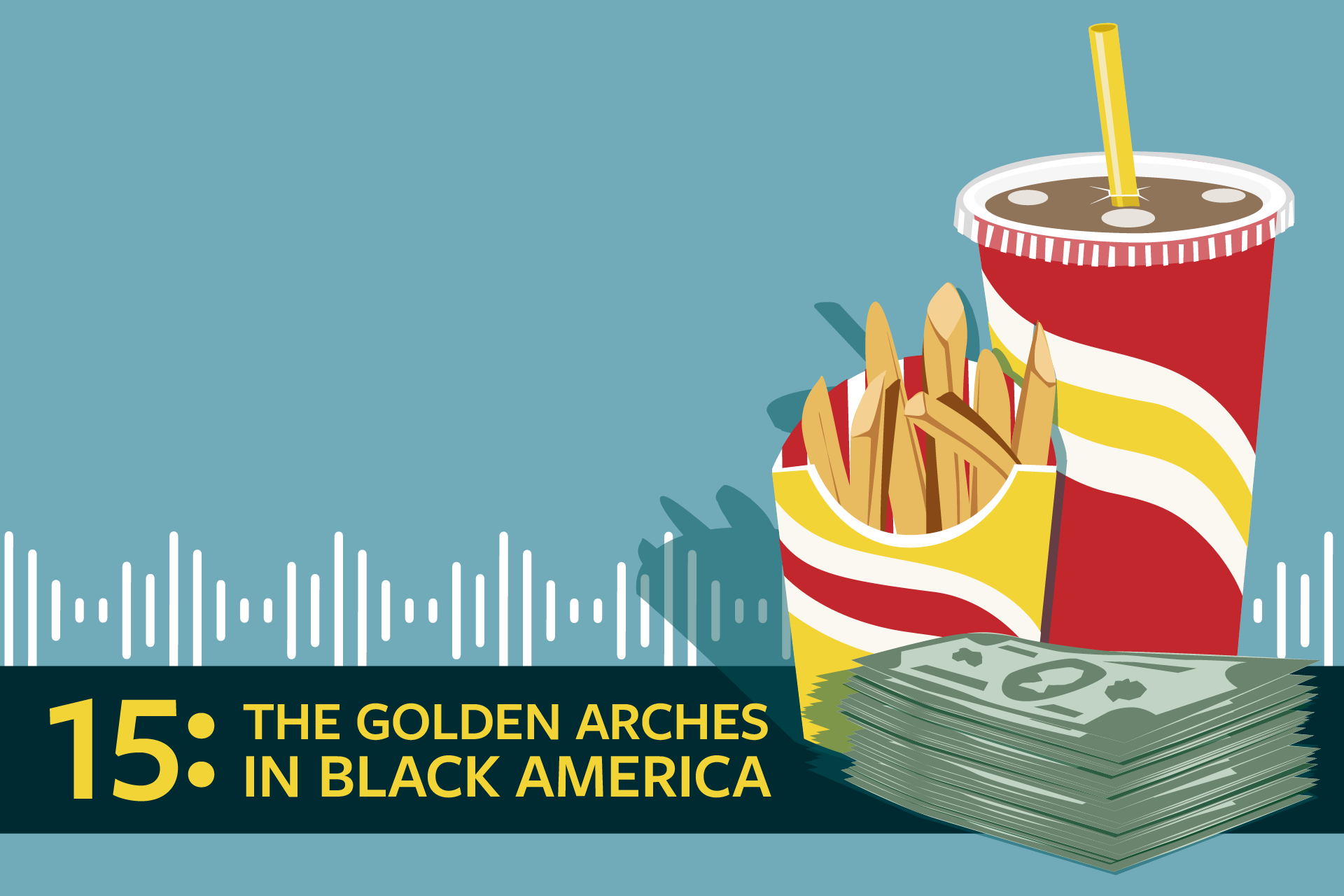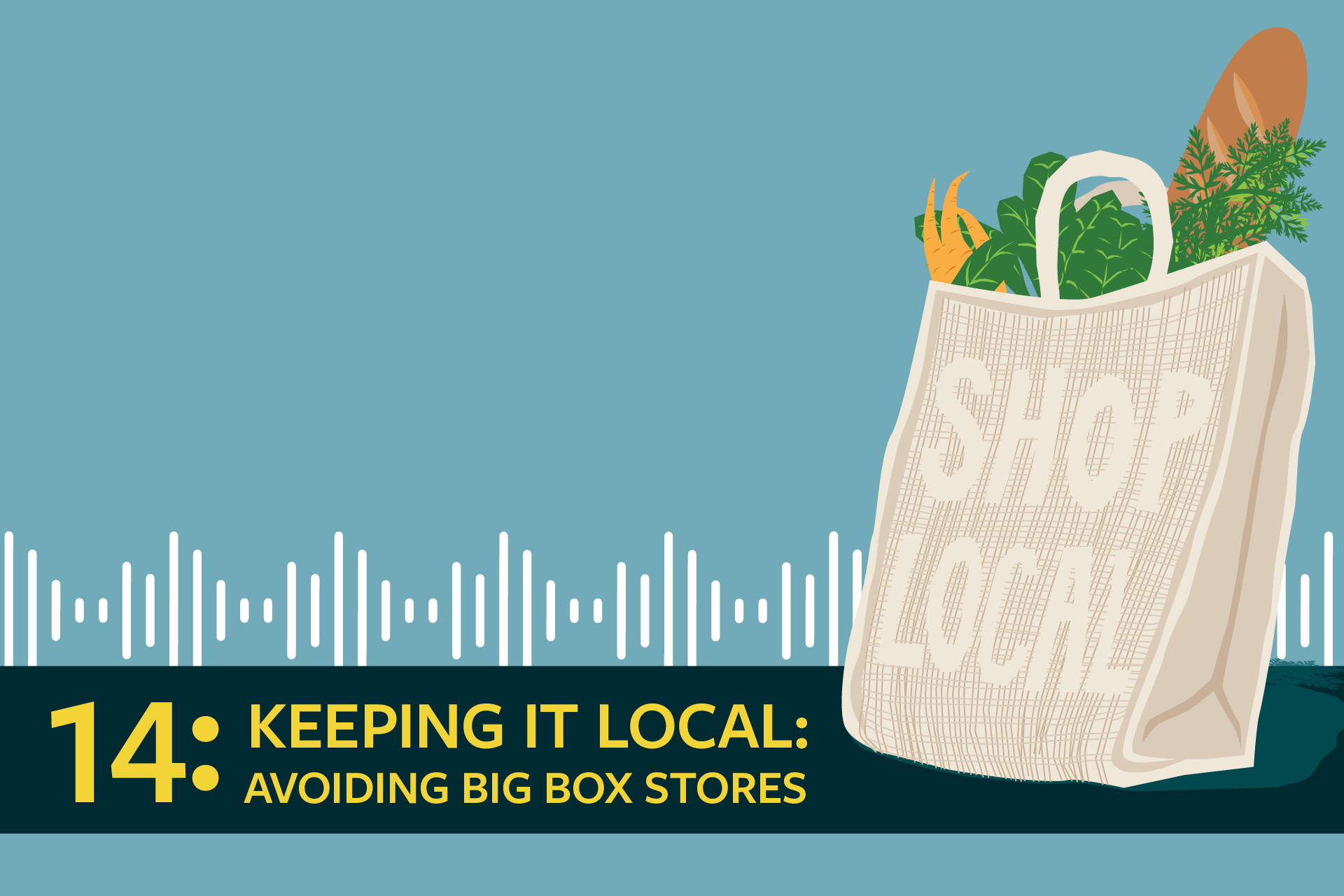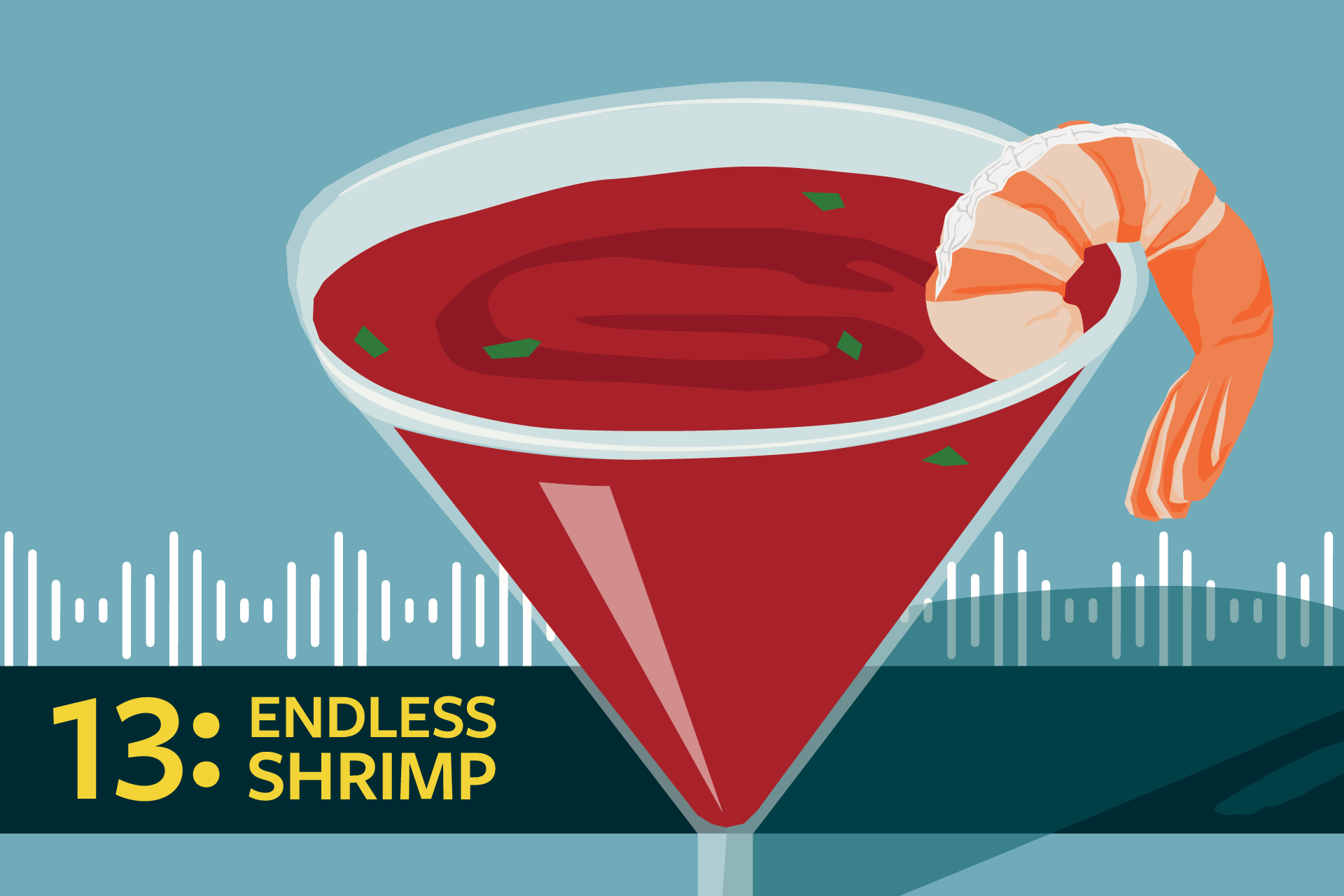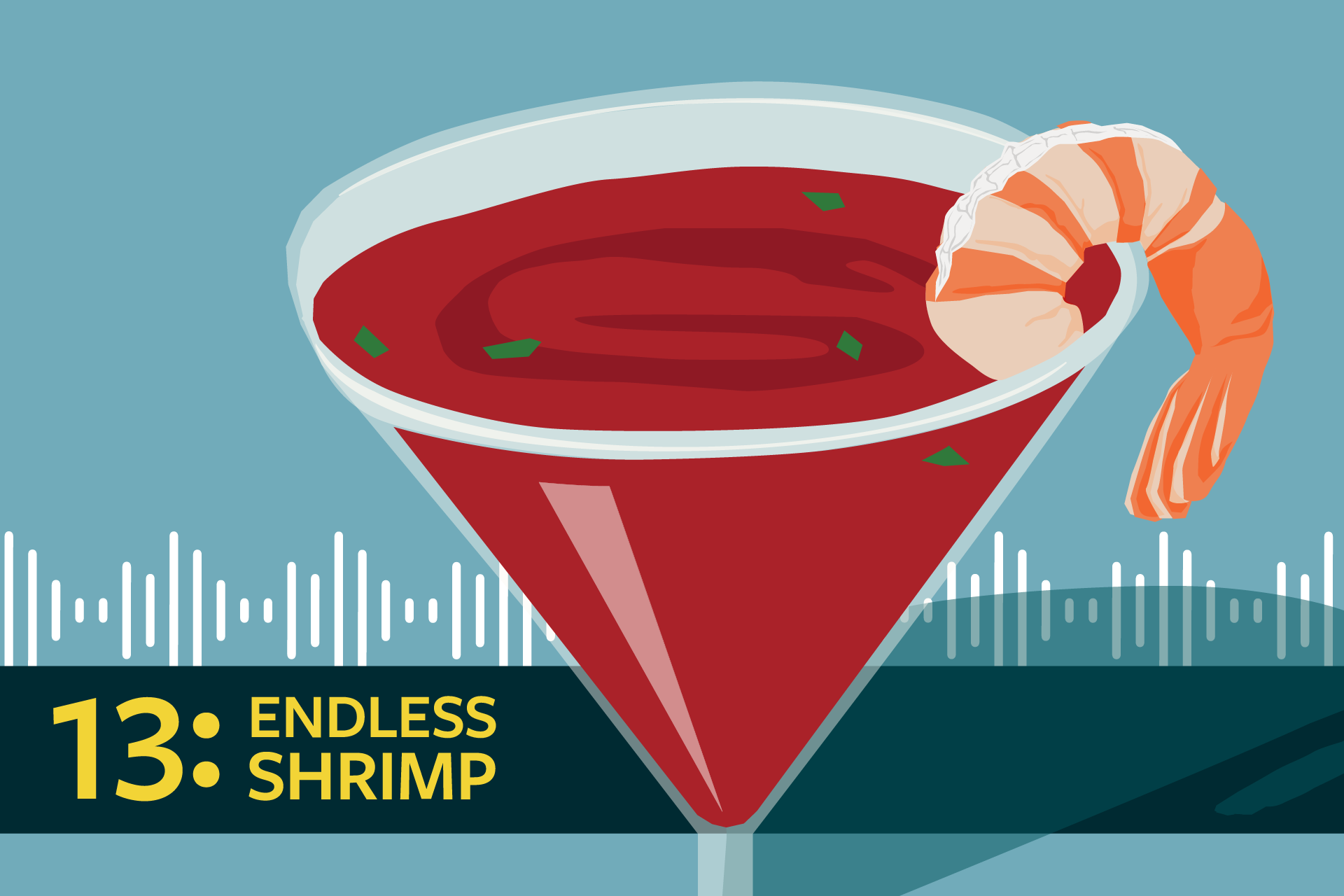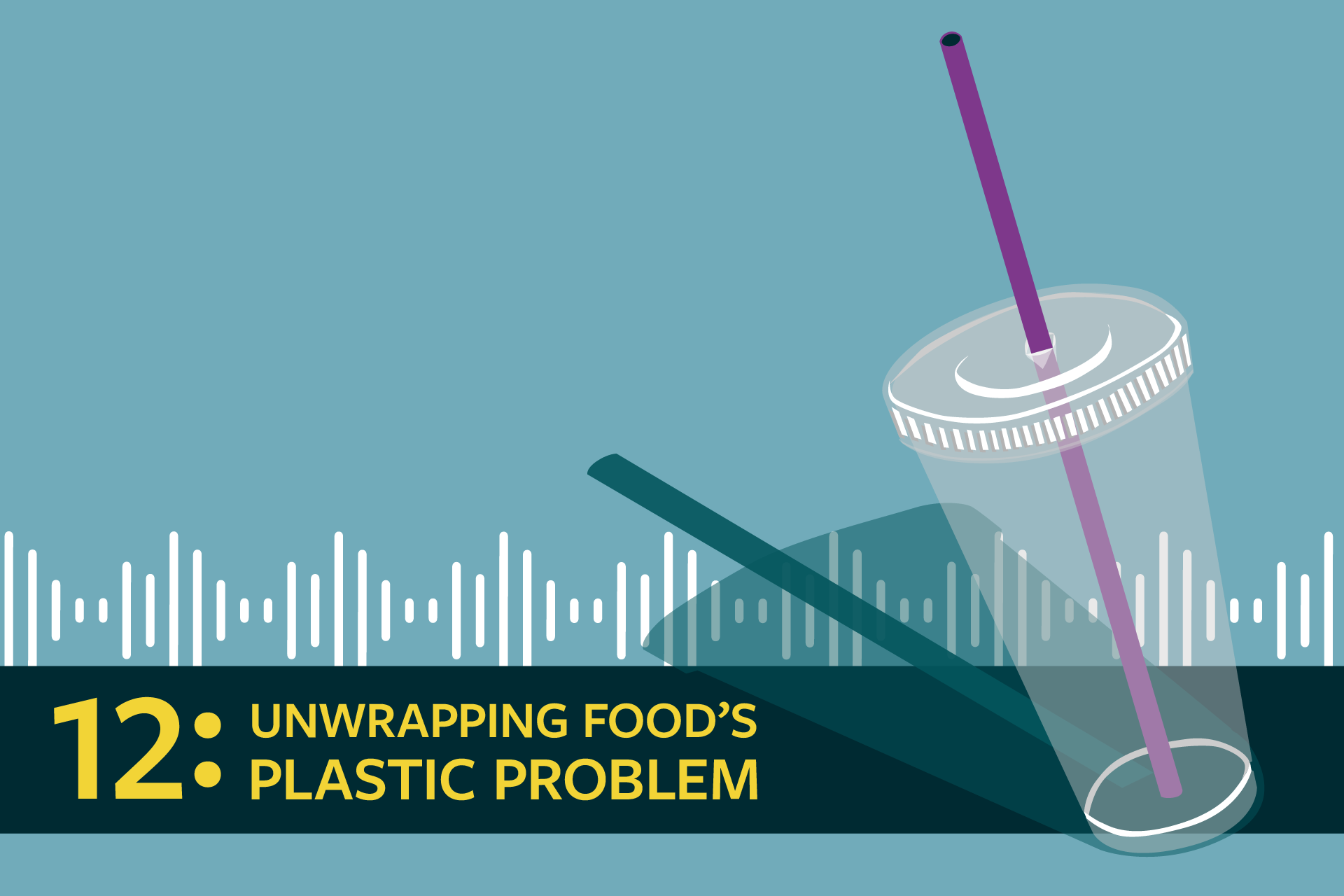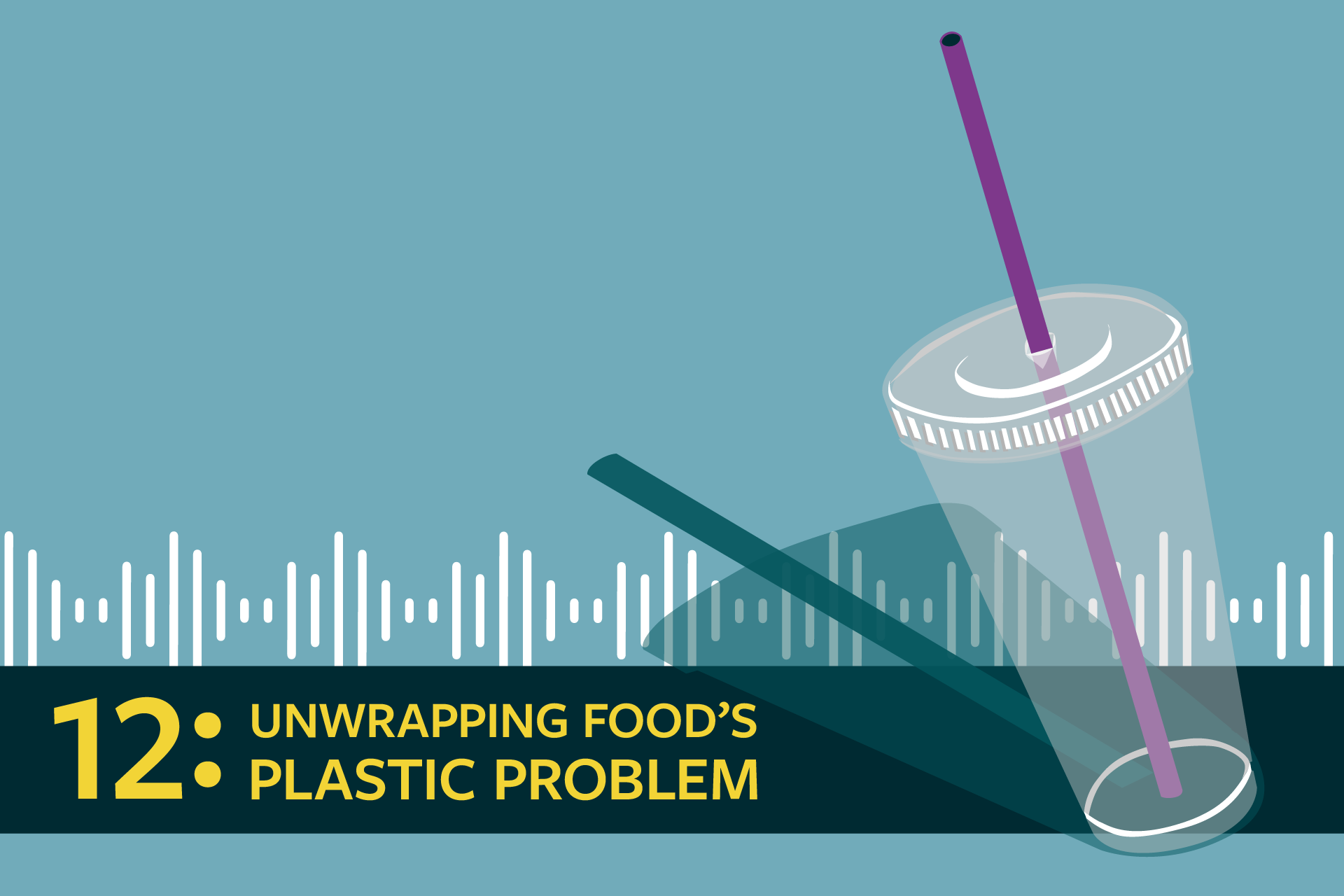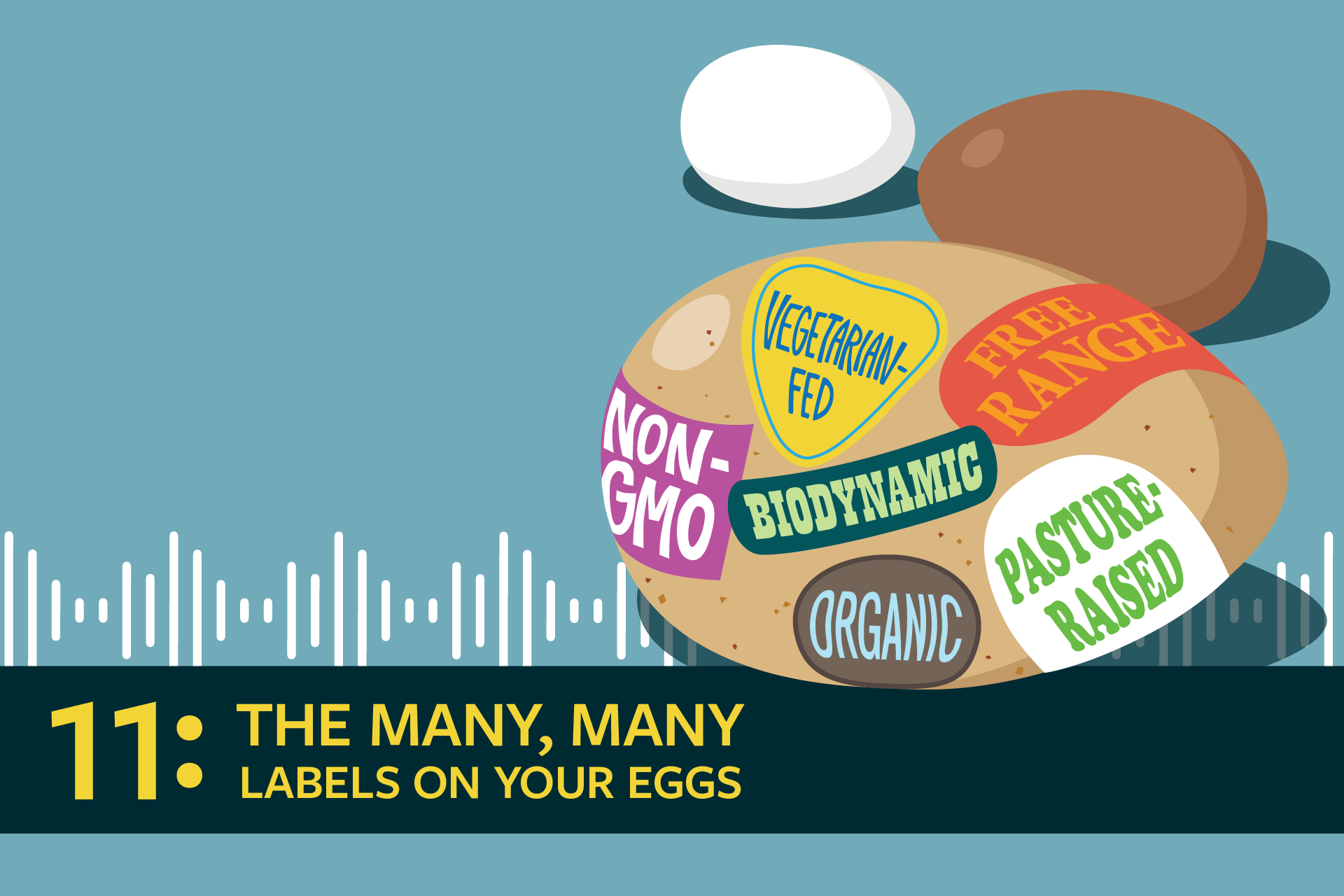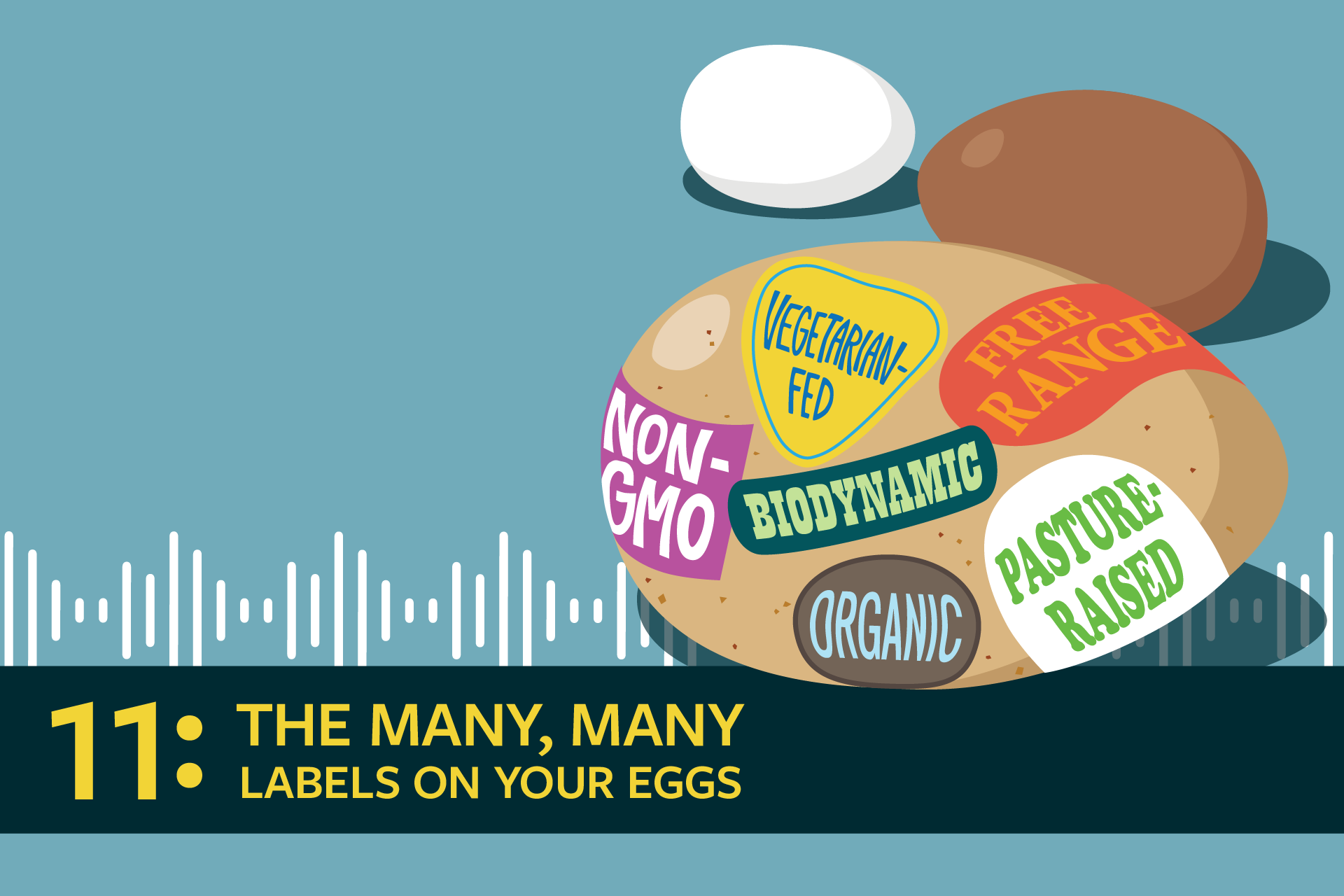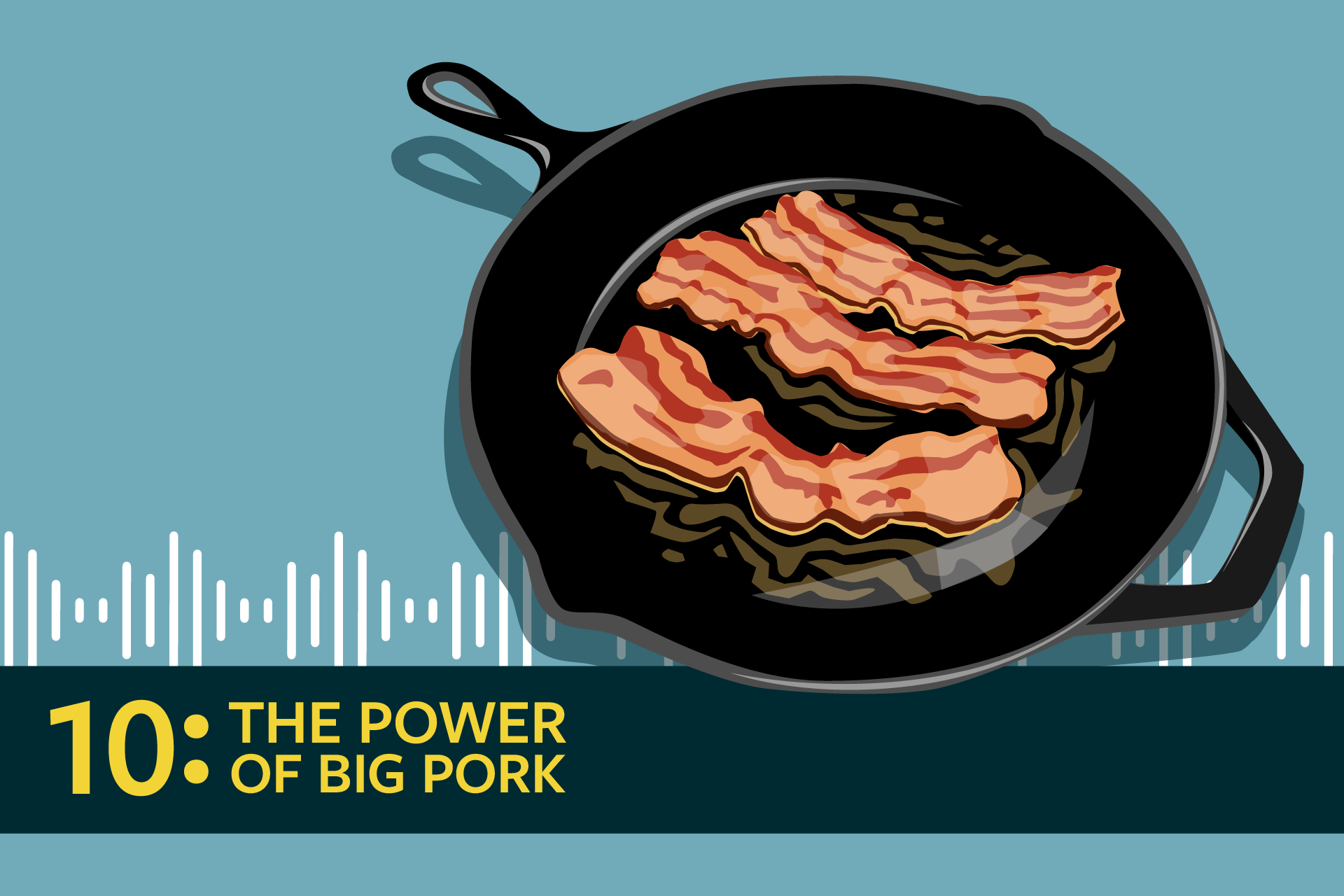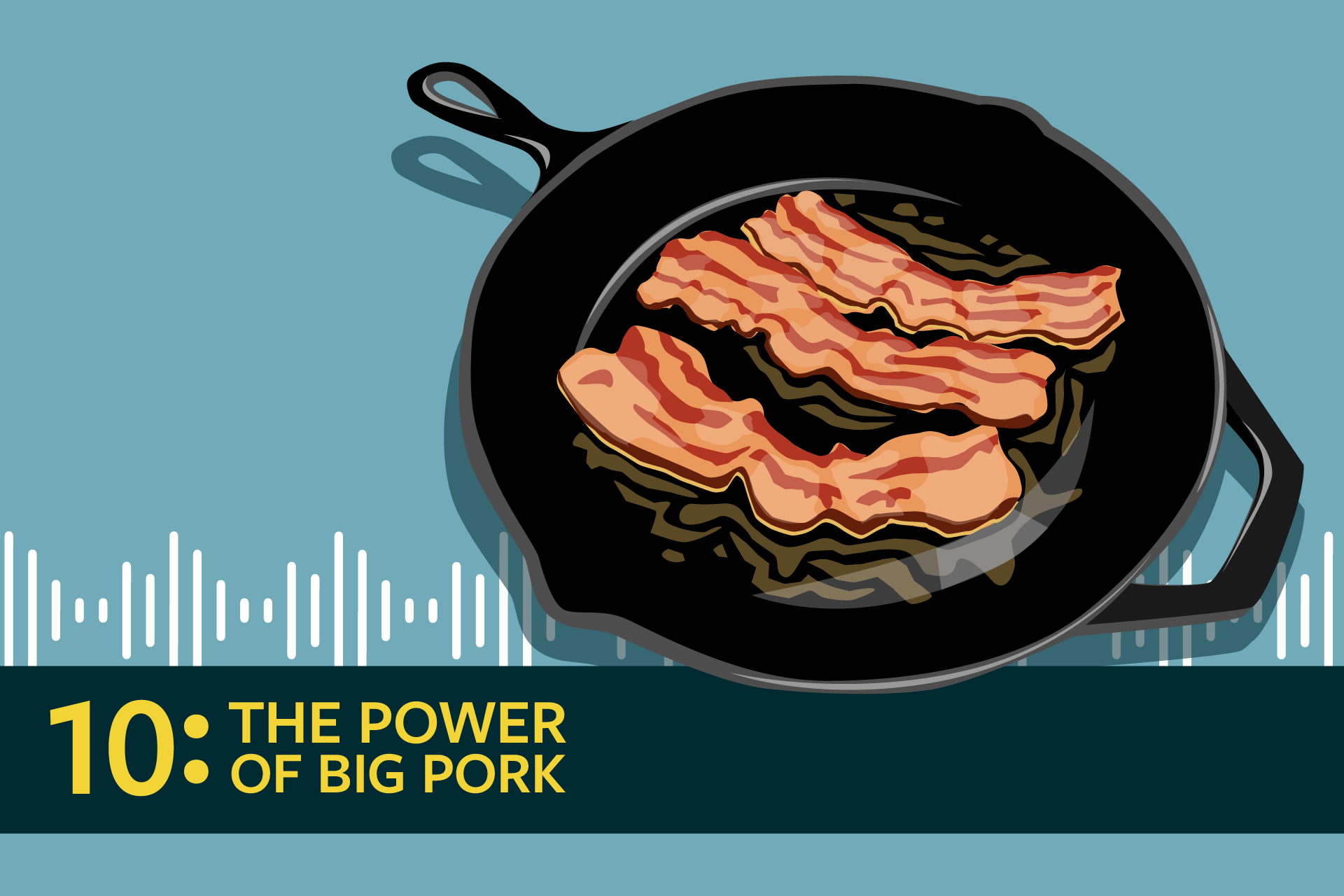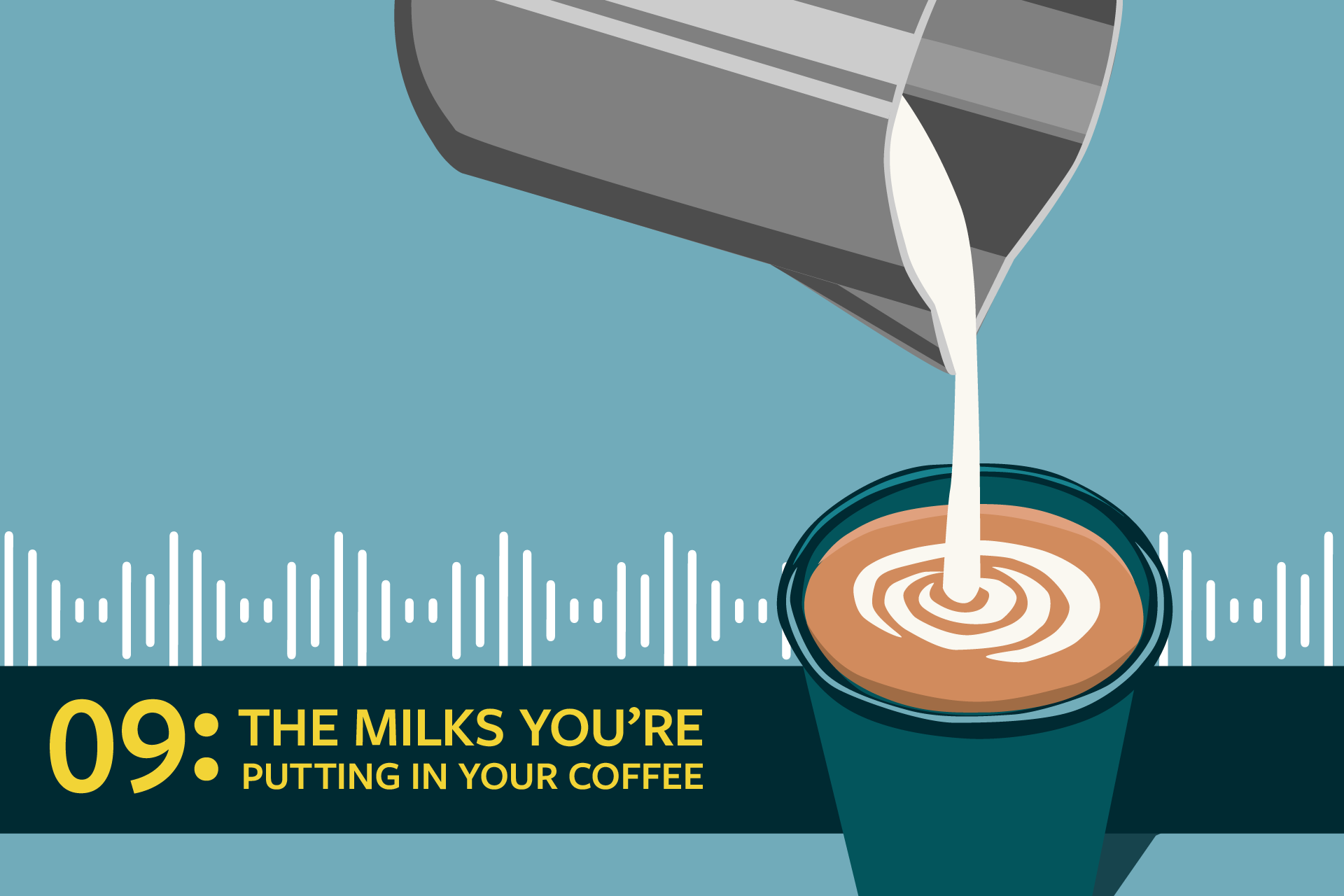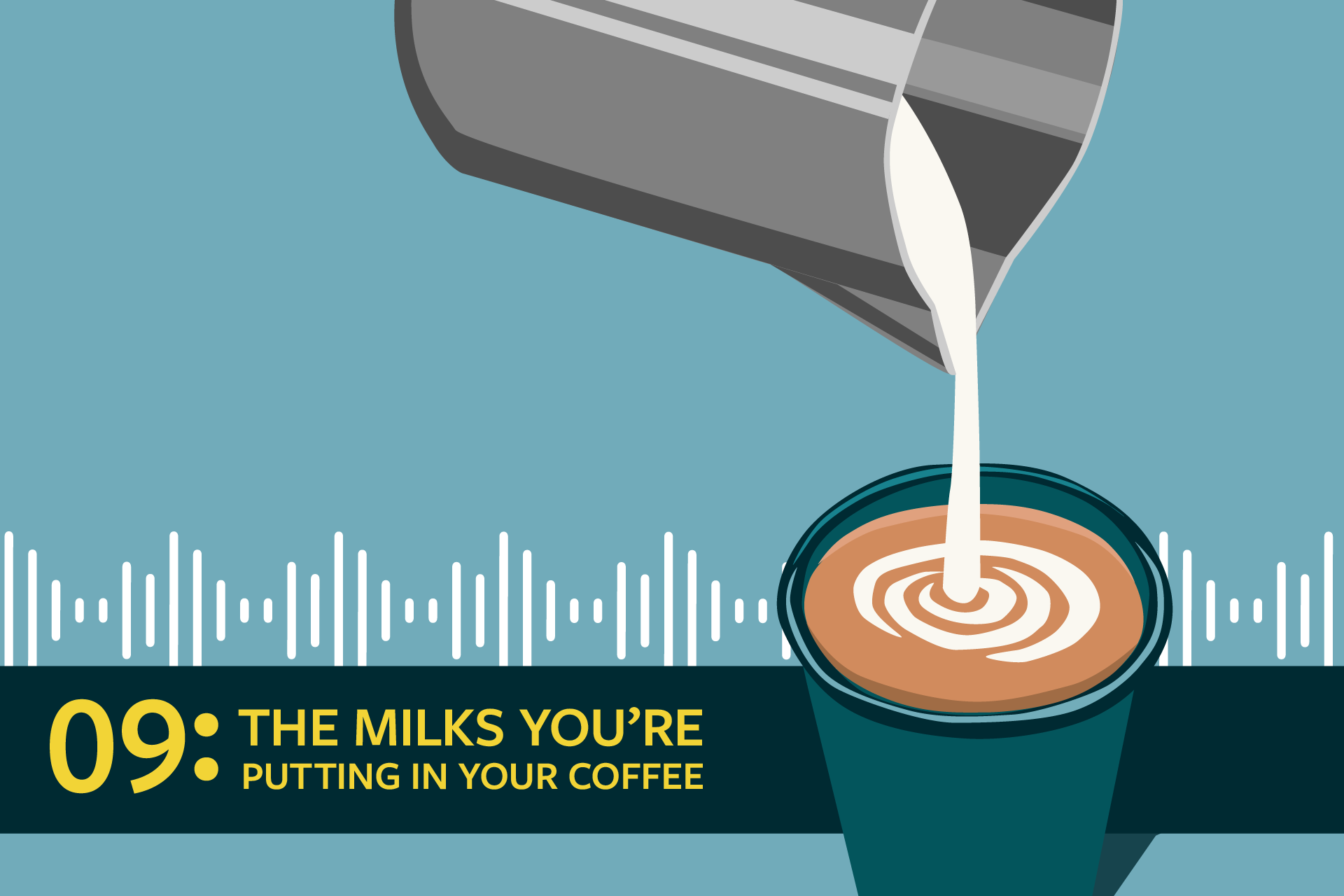What You’re Eating Podcast

Whether it’s a salad, a hamburger or your morning egg sandwich, the way your meal gets made has an impact. What You’re Eating is here to help you understand how your food gets to your plate, and see the full impact of the food you eat on animals, planet and people. Join host Jerusha Klemperer, Director of FoodPrint, as she dives deeper to uncover the problems with the industrial food system, and offer examples of more sustainable practices, as well as practical advice for how you can help support a better system, through the food that you buy and the system changes you push for.
From practical conversations with farmers and chefs to discussions with policy experts on the barriers to sustainability, FoodPrint’s podcast covers everything from the why to the how.
Subscribe wherever you find your podcasts.
CURRENT EPISODES
Episode 15: The Golden Arches in Black America
Criticisms of fast food often focus on the industrialized system that produces the burgers, buns and fries, or the food’s negative health impacts. Occasionally, criticisms have noted the deep ties between McDonald’s and the Black community, sometimes blaming communities of color for bad choices, sometimes blaming the fast food industry for being predatory with its advertising or store locations. But the relationship between fast food and Black America is way more complicated. In today’s episode host Jerusha Klemperer sits down to talk with Dr. Marcia Chatelain about her Pulitzer Prize winning book, “Franchise: The Golden Arches in Black America,” and the history of that complicated relationship.
Episode 14: Keeping it Local: Avoiding Big Box Stores
The proliferation of big box stores and giant supermarket chains has changed the face of grocery shopping, taking the place of many locally owned, independent stores and sending profits out to corporate headquarters. Recently, those stores have even started to offer a wide variety of natural and organic foods, threatening the unique contributions of natural food stores and co-op grocers. So what happens to those places? If you can find organic milk and bulk granola at Kroger, what does the co-op offer that the big box and chain stores cannot? In today’s episode we look at two models of consumer cooperatives, options for buying your food that rely on a less extractive model, where profit stays in the community: co-op grocers and community supported agriculture.
Episode 13: Endless Shrimp
Shrimp is the most popular seafood in the U.S., with consumption going up every year, currently at about 4.6 pounds of shrimp per person per year. Part of its appeal is its neutral taste and its rock bottom price. But underneath the endless, all you can eat buffets, and inside the bags of frozen peeled and cooked shrimp is a complicated and unsavory story. The shrimp most people are eating has major environmental problems as well as humanitarian ones. Is anything being done to stop this? Are there any domestic and/or better options? Is the only answer for a concerned eater to give up shrimp entirely?
Episode 12: Unwrapping Food’s Plastic Problem
Single-use food packaging is one of our thorniest problems. We need a safe and convenient way to get food home from the store, and eat and drink on the go. How can we do that in a way that does not create so much waste and does not put our bodies at risk from the harmful chemicals and additives used in so much of that packaging?
In this episode we look at food packaging, digging deep into plastic production and its connection to climate change. We talk to experts about how food packaging is problematic not just for the environment, but also for our health. Can there be a future that could exist that is not dominated — and polluted — by plastic?
Episode 11: The Many, Many Labels on Your Eggs
In the past decade, demand for eggs has grown, with each person in this country eating about 286 eggs per year. But the kind of eggs we are looking for has changed during that time, too. Consumers are eager to know if the chickens had enough space to move around. Were they cage-free? free-range? Pasture-raised? Organic? In response to those questions about where those eggs come from and how those hens lived out their lives, egg cartons and the labels and claims on them are working overtime to tell us a story.
In this episode, we look at the many labels on your carton of eggs and dig into what they mean and what they definitely don’t mean.
Episode 10: The Power of Big Pork
There was a time when bacon was a “sometimes” food, occasionally paired with eggs at breakfast or in a summer sandwich with the season’s freshest tomatoes. But then, suddenly, bacon was everywhere, from fast food burgers to ice cream to scented candles. And while the peak might have passed, bacon has settled comfortably onto menus and into our home kitchens for much more than breakfast.
In this episode we look at where bacon mania came from, and dig a little deeper into this beloved food and the industry behind it.
Episode 9: The Milks You’re Putting In Your Coffee
For the longest time milk meant cow’s milk, but today, walk into a Starbucks, or a neighborhood cafe, ask for a coffee with milk and you’ll probably
get asked “what kind of milk?” And depending on where you are, that list of possible answers could include almond, oat, pistachio, macadamia, soy…the list goes on and on.
In this episode we explore the foodprints of the various options you have to make your coffee a little creamier.
ALL EPISODES
Sign up for the latest food news, and to get notified when each episode launches.
By subscribing to communications from FoodPrint, you are agreeing to receive emails from us. We promise not to email you too often or sell your information.


